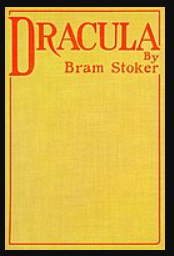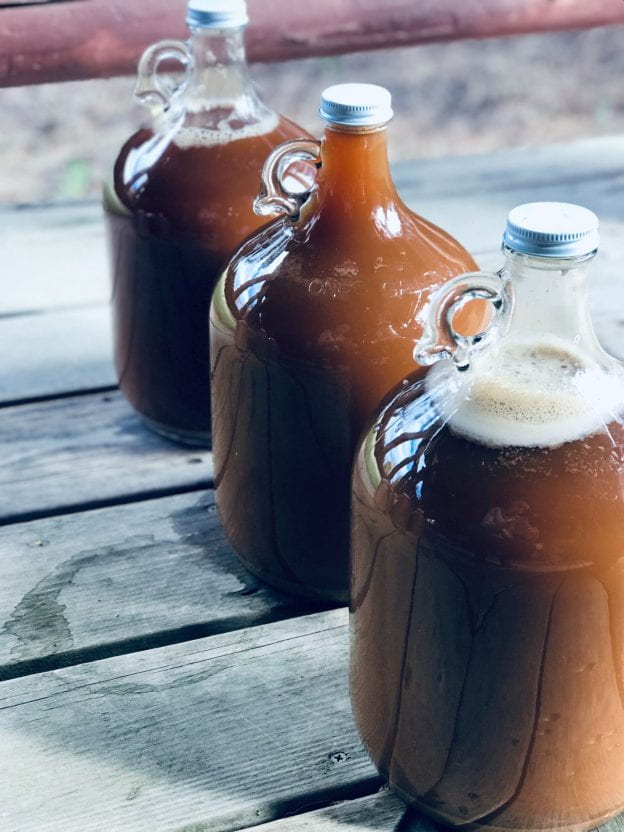[This is a slightly updated version of an earlier post, from 2020, which had the same name]
This one is relevant to my continuing investigations in ‘petty treason’, as well as medical history, history of crime, religious houses and medieval Cornwall…
In 1431 (reign of Henry VI), a ‘leech’ (medical practitioner) and a canon of the Augustinian Priory of St Stephen at Launceston fell under suspicion following the death of John Honylond, who had been prior of the same house. As indictments and two plea roll entries show, the accusation was that John Leche, also known as John Lowell, leech, of Launceston, had killed the prior, both by poisoning his food and drink and also by a cutting procedure (per succisionem), aided and abetted by Richard Yerll, one of the canons of Launceston Priory. The killing was described as false, felonious and treacherous. It was also explained that Leche had been retained by the prior since 1427, after he had performed a surgical procedure on the prior’s leg, presumably giving satisfaction on that occasions. No reason was given for the alleged homicide, in regard to Leche or to Yerll.
The allegation that the killing was done treacherously (proditorie) is interesting (for those of us who like that sort of thing), in that it hints at even more disapproval than the usual description of such actions as ‘felonious’. It does not really say anything about the subjective intention or state of mind of the alleged offenders, but it shows that there is a possibility that this might be regarded not ‘only’ as felonious homicide (which would be punished by hanging), but as ‘petty treason’ under the 1352 Statute of Treasons (the punishment of which would include ‘extras’ in the shape of being ‘drawn’ as well as hanged). The statute singled out for specially brutal and spectacular treatment homicides which offended against particular hierarchical relationships: wives killing husbands, servants killing masters, religious killing their superiors. Women in these categories would be burnt, men drawn as well as hanged.
The common lawyers did not get a chance to sink their teeth into the thrilling areas of potential legal squabbling about categorising the relationships, or benefit of clergy, since the case never really got anywhere. Yerll appeared as required, but, since Leche, the principal, did not turn up, the case was delayed. Matters went on in the usual desultory fashion until 1438. Leche was acquitted in 1431, but, for reasons which are not clear, process against Yerll was not officially stopped until 1438. This anticlimactic dribble of an ending is not unusual: it was rare indeed for plea rolls to show convictions in this period. Correlation between the findings of juries and the facts of any case is not to be assumed. We will never know whether there was a conspiracy to bump off the prior, which is frustrating, but it is interesting to note the raising of suspicion against the medic and his alleged religious accomplice in this case.
So what?
Medical history
This bundle of parchment entries gives us a bit of a glimpse into the hiring of medical men by religious houses. It seems interesting that the prior apparently entered into a long-term arrangement with John Leech, for his benefit alone (not that of the house) and the description of the terms is also quite instructive: it sounds as if there was a particular condition which was the focus of Leech’s work, rather than a general idea of keeping the prior in good nick, but that this condition was regarded as potentially amenable to a cure.
It also gives rise to questions as to whether the accusation might have been due to a general suspicion of what was in fact standard practice, or criticism of what may have been aggressive or experimental medical and surgical interventions.
‘Petty treason’
Much of the work I have done on PT has looked at the ‘wife kills husband’ subspecies, since I am interested in women. It is beginning to dawn on me, though, that there are some big and engaging questions to consider, in relation to ‘the other sorts’, i.e. ‘servant kills master’ and ‘person owing faith and obedience kills prelate’. This case touches on both of these subspecies. The description of John Leech’s contract with the prior can only be in there to suggest that he is a ‘servant’ of the type covered by the ‘master killed by servant’ subspecies of ‘petty treason’ – I can’t see that it has any other relevance. We are even given the detail that he has an initial one-year contract, then it rolls on from year to year. It may be that this was how the agreement was actually set up, but I would say that it is interesting that these one-year periods are very reminiscent of standard ‘labourers’ contracts – so their inclusion does seem to be angled towards associating a ‘medical professional’ of some sort with the ploughmen, masons etc. of the 14th century labourers legislation, giving a clearer idea of hierarchical relationship. I do find myself wondering just who was covered by the ‘master-servant’ subspecies of petty treason – and perhaps fifteenth century people were unsure about this too. The canon-prior relationship between Yerll and Honylond is rather more obviously covered by the ‘prelate’ subspecies of ‘petty treason’, unless we want to get into just what the differences might be between different forms of religious organisation. (I do have questions about that – though will leave them for another time. Suffice it to say that I would love to find a case involving nuns, but not holding my breath on that).
References: scans brought to you by the magnificent AALT …
KB 27/681 m. 6R; KB 27/686 m. 4dR.
KB 9/225 mm. 39, 39d, 40, 40d.
GS
18/6/2022.







